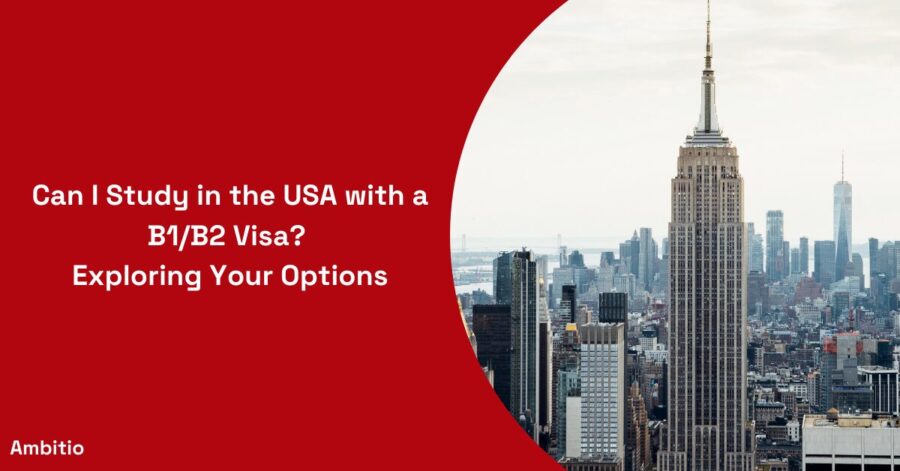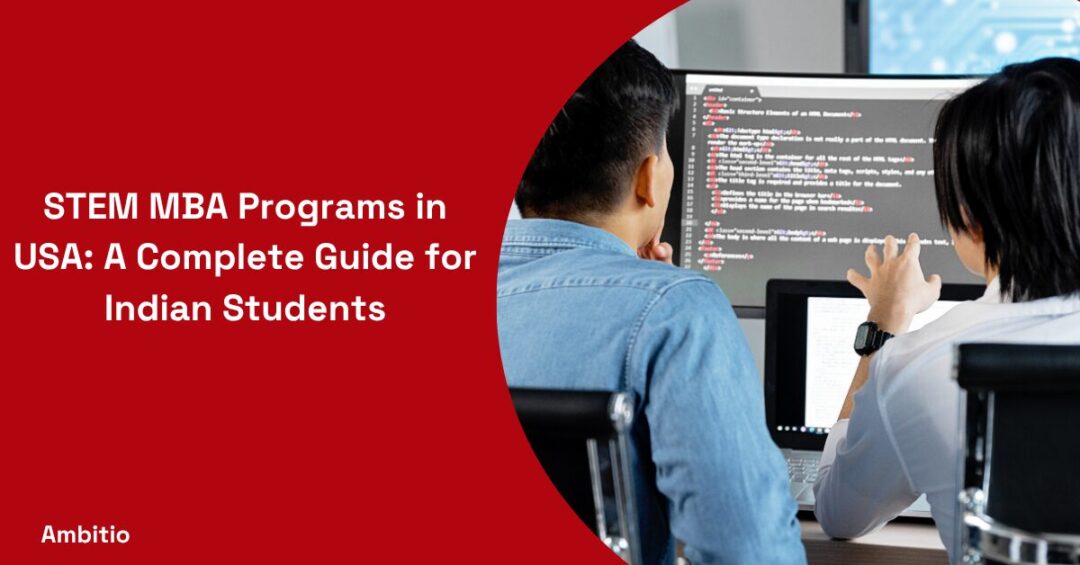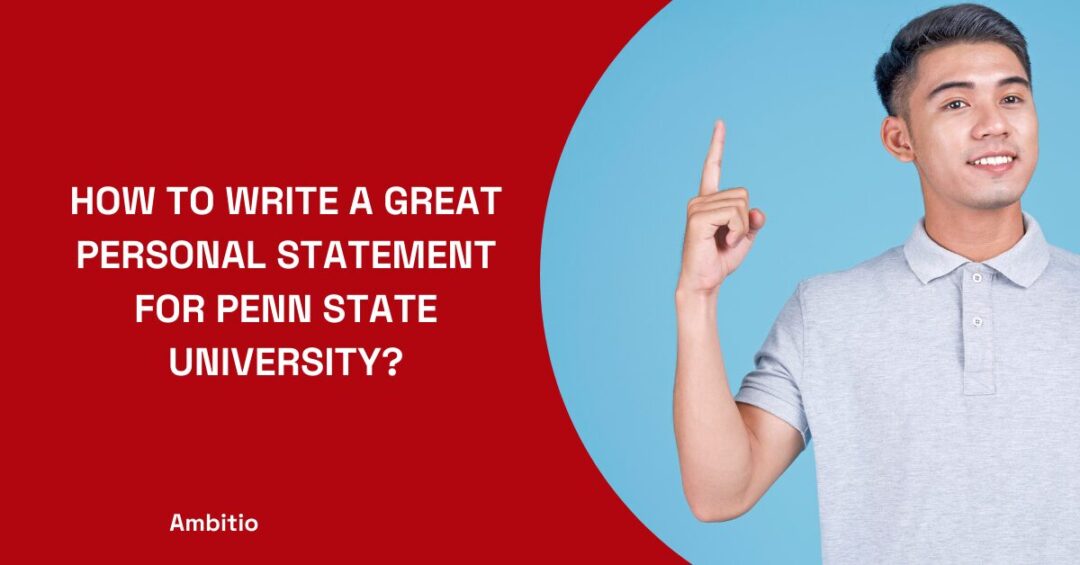12 December 2024
6 minutes read
Can I Study in the USA with a B1/B2 Visa? Exploring Your Options

Introduction
The United States is renowned for its world-class education institutions, making it a dream destination for international students. While the F1 student visa is the most common choice for those pursuing higher education in the USA, you might wonder if it’s possible to study in the country on a B1/B2 visa, typically issued for tourism and business purposes.
In this comprehensive guide, we’ll explore the possibilities, eligibility criteria, and important information for those considering studying in the USA with a B1/B2 visa.
Understanding the B1/B2 Visa
Visitor Visa
The B1/B2 visa, often referred to as the “visitor visa,” allows individuals to visit the United States for various purposes, including tourism, business meetings, and medical treatment. However, it does not grant the holder the right to study in the USA.
Changing Your Visa Status
Change of Status to F1 Student Visa
If you are in the United States on a B1/B2 visa and wish to pursue a course of study, you can explore the option of changing your visa status to an F1 student visa. To do this, you will need to go through a formal application process, which involves several crucial steps.
Acceptance to a U.S. School
The first step in changing your status to an F1 student visa is to be accepted by a U.S. educational institution that is authorized to issue the Form I-20, the Certificate of Eligibility for Nonimmigrant Student Status. The Form I-20 is a crucial document that you’ll need for your change of status application.
Form I-539 Application
Once you have been accepted by a U.S. school, you’ll have to file Form I-539, Application to Extend/Change Nonimmigrant Status, with U.S. Citizenship and Immigration Services (USCIS). This form serves as your formal request to change your status from B1/B2 to F1.
Change of Status Approval
If USCIS approves your change of status application, you will be granted F1 student status. This status allows you to study full-time in the United States, pursue a degree or certificate program, and potentially work on campus.
Preconceived Intent to Study
It’s important to note that U.S. visa regulations require applicants to have a “nonimmigrant intent” when applying for a B1/B2 visa. This means that you should not have the preconceived intent to study in the United States when obtaining a B1/B2 visa.
If you are found to have misrepresented your intent during the visa interview or application process, it can lead to visa denial or complications when changing your status to an F1 student visa.
Eligibility for Nonimmigrant Student Status
Acceptance by a U.S. School
To be eligible for an F1 student visa, you must first be accepted by a U.S. school that is authorized by the Student and Exchange Visitor Program (SEVP). SEVP is a program within U.S. Immigration and Customs Enforcement (ICE) that oversees international students and exchange visitors.
Financial Resources
You will also need to demonstrate that you have sufficient financial resources to cover your tuition, living expenses, and other costs while studying in the United States. Many schools require you to provide proof of financial support as part of the admission process.
Maintain Student Status
Once you obtain an F1 student visa and start your program of study, it’s essential to maintain your student status. This includes attending classes regularly, making progress toward your degree, and complying with any reporting requirements imposed by your school or the U.S. government.
The Visa Application Process
Applying for a Student Visa (F1 Visa)
If you are outside the United States and wish to study in the country, it’s advisable to apply for an F1 student visa directly at a U.S. consulate or embassy. Here are the key steps involved in the visa application process:
1. Receive Form I-20
After you are accepted by a U.S. school, they will provide you with a Form I-20. This form is crucial for your visa application and will be used to demonstrate your eligibility for an F1 student visa.
2. Pay the SEVIS Fee
Before scheduling a visa interview, you must pay the SEVIS (Student and Exchange Visitor Information System) fee. This fee supports the administration of the F1 visa program.
3. Complete the DS-160 Form
Next, you’ll need to complete the DS-160 form, which is the Online Nonimmigrant Visa Application. This form gathers information about you and your intended stay in the United States.
4. Schedule a Visa Interview
You will need to schedule a visa interview at the U.S. consulate or embassy in your home country. Visa interview wait times can vary, so it’s advisable to schedule your interview well in advance of your intended travel date.
5. Attend the Visa Interview
At the visa interview, you will be asked questions about your background, your intended program of study, and your ties to your home country. It’s essential to be prepared and provide accurate and honest answers.
6. Pay the Visa Application Fee
There is a non-refundable visa application fee that you will need to pay before attending the interview. Be sure to check the current fee on the U.S. Department of State website.
7. Visa Approval and Issuance
If your visa application is approved, the consular officer will place a visa stamp in your passport, indicating your F1 student visa status. You will also receive a sealed packet containing important documents, which you should not open. Instead, present the sealed packet to the U.S. Customs and Border Protection (CBP) officers when you arrive in the United States.
Study in the USA
Full-Time Study
Once you have obtained your F1 student visa and arrived in the United States, you can begin your full-time course of study. F1 visa holders are generally allowed to work on campus during their studies, and some may be eligible for Optional Practical Training (OPT) or Curricular Practical Training (CPT) off-campus employment opportunities.
Benefits of F1 Student Status
Studying in the USA on an F1 student visa offers several advantages, including:
- Access to high-quality education at U.S. institutions.
- The opportunity to gain practical experience through internships and work programs.
- The ability to bring eligible dependents, such as spouses and children, on F2 visas.
- The potential to apply for Optional Practical Training (OPT) after completing your degree program.
Conclusion
Studying in the USA with a B1/B2 visa is possible through a change of status process, but it requires careful planning and adherence to immigration regulations. It’s crucial to consult with an immigration expert or advisor to ensure you follow the correct procedures and fulfill all requirements for a successful transition to an F1 student visa.
Pursuing your educational dreams in the United States can be a reality with the right guidance and determination. The process may seem complex, but with proper guidance and preparation, you can achieve your goal of studying in the USA and opening doors to a world of opportunities.
FAQs
Q1: Can I study part-time on a B1/B2 visa?
While it is possible to engage in recreational study or take a short, non-degree course while on a B1/B2 visa, it is not intended for full-time education. If you plan to pursue a degree or extensive educational program, you should consider changing your status to an F1 student visa.
Q2: What is the process for changing from B2 visitor status to F1 student status?
The process involves obtaining acceptance from a U.S. school, filing Form I-539, and receiving approval from USCIS. It’s essential to consult with an immigration attorney or advisor for guidance through this process.
Q3: Can I work on a B1/B2 visa while studying in the USA?
No, a B1/B2 visa does not permit you to work while in the United States. You would need to obtain appropriate work authorization under your F1 student visa to work legally.
Q4: What is the validity of an F1 student visa?
An F1 student visa is typically issued for the duration of your program of study, plus a 60-day grace period after the completion of your studies. This grace period allows you to prepare for departure or apply for Optional Practical Training (OPT).
Q5: Can I travel outside the United States on an F1 student visa?
Yes, you can travel outside the United States while on an F1 student visa. However, it’s essential to have all the necessary documents, including a valid passport, a valid F1 visa stamp, and a Form I-20 with a valid travel signature from your Designated School Official (DSO).
Q6: Can I transfer to another U.S. school on an F1 visa?
Yes, you can transfer to another U.S. school while on an F1 student visa, provided that the new school is SEVP-certified and you follow the proper transfer procedures. You should inform your current school’s Designated School Official (DSO) and complete the transfer process within the required timeframe.
Q7: What are the restrictions on working during my F1 student status?
While F1 visa holders are generally allowed to work on campus, there are restrictions on off-campus employment. You may be eligible for Optional Practical Training (OPT) or Curricular Practical Training (CPT) opportunities, but these must be authorized by your school’s DSO and USCIS.

You can study at top universities worldwide!
Get expert tips and tricks to get into top universities with a free expert session.
Book Your Free 30-Minute Session Now! Book a call now




























